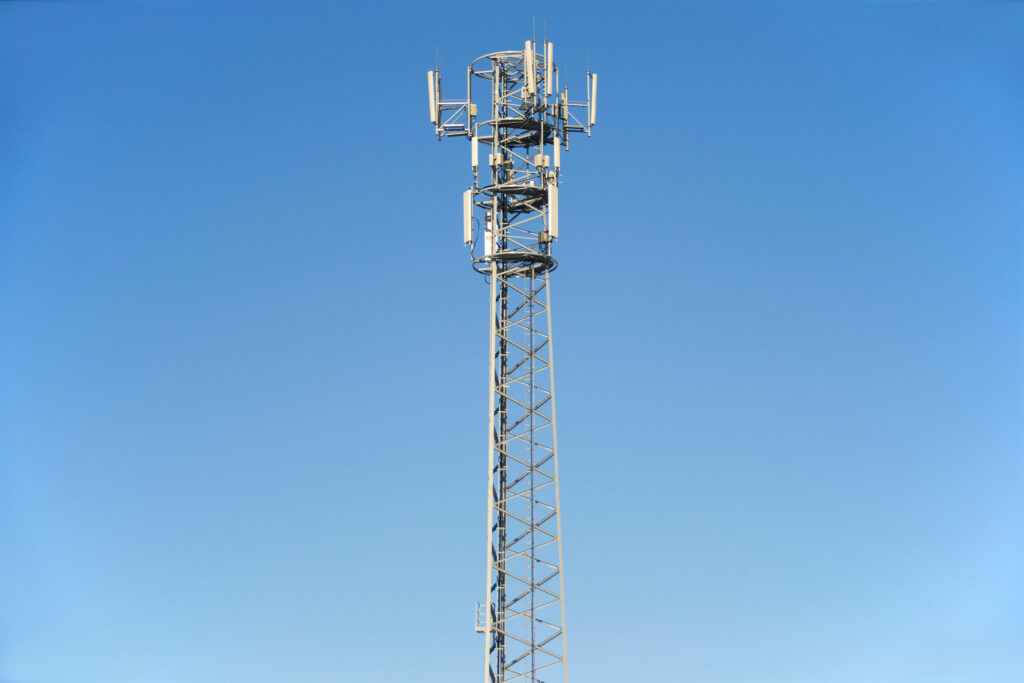Have you seen a tall tower as you drive across the street or near your home? As a child, you may wonder what this tower is for. But as you grow older, you start to understand its importance for communication. Cell phone towers are actually responsible for transmitting and receiving radio frequency signals. Basically, a mobile phone emits these electromagnetic radio waves and it is constantly being sent and received in two ways through the antennas that are found in a cell site.
When your phone sends a signal, it is referred to as an uplink. Meanwhile, when a cellphone tower sends the signal to your phone, it is called the downlink. People are not very familiar with these terms because the most common terms being used are upload and download. There are different signals during an upload or a download to avoid interfering with one another.
Have you used a walkie-talkie? As a child, you might have had this toy and are still amazed at how you can communicate using these small devices. The concept of the walkie-talkie is actually the same as the frequency used in mobile phones. You cannot talk when the other person in line is talking. After the beep and the person from the other line stops talking, that’s the time you can start talking. Because there is only one frequency being used for talking and listening, the person from two lines must alternately talk and listen.
Now, how can these words get into the wires? What will happen to your voice that’s being transformed into electromagnetic waves and transmitted to the cell tower? The process starts when the cell phone towers convert the radio frequency signals into light impulses. After that, the RF is carried into the transceiver box located at the base of the tower. During this point, the process works like the speed of light and is transmitted to different places, even into different parts of the world.
Table of Contents
Is a cell phone tower near my house okay?
Because they are made for it, cell phone towers are created to emit radio frequency signals from mobile phones, however, these radio frequency waves also emit electromagnetic radiation. This type of radiation is capable of changing a person’s DNA and cellular structure. There are a lot of disadvantages attributed to living near a cell site. However, the issue with regard to long-term health complications is not tackled aggressively. Some of the common side effects of EMF exposure include depression and anxiety, difficulty recalling some recent events, tiredness, fatigue, irritability, dizziness, appetite loss, nausea, burning skin, headache, sleep problems, migraine, and restlessness.

Meanwhile, the World Health Organization conducted some research when it comes to the side effects of living near a cell tower. According to the study, the biggest side effect is the risk of cancer. Swiss research also found that too much exposure to EMF can increase your risk of leukemia. Although there is no conclusive answer with regards to the long-term side effects of EMF exposure, it is best to avoid living in a cell phone tower.
What are the types of cell phone towers?
There are different cell phone towers and it comes in a variety of forms. They are Lattice Towers, Guyed Towers, Monopole Towers, Camouflage Towers, Self-Support Towers, and Mobile Cell Towers. These towers come in different heights and weights. Mobile service providers are responsible for identifying the most efficient design for a telecom tower that will suit the right style for the project and also cater to the increase in connectivity demands.
How do cell phone towers communicate?
When a mobile phone is used, it automatically emits the electromagnetic radio wave which is then received by the nearest cell phone tower’s antenna. After receiving the signal, the cell phone tower transmits it to the switching center which then allows the call to get connected to another cell phone. What’s more fascinating is the fact that all of these things happen in a matter of seconds.
The different parts of the cell phone tower determine the distance where a signal can still pick up. The distance is also determined by a number of factors including the landscape features, connecting technology, the power of the transmitter, the network’s design, and the size of the tower itself.
